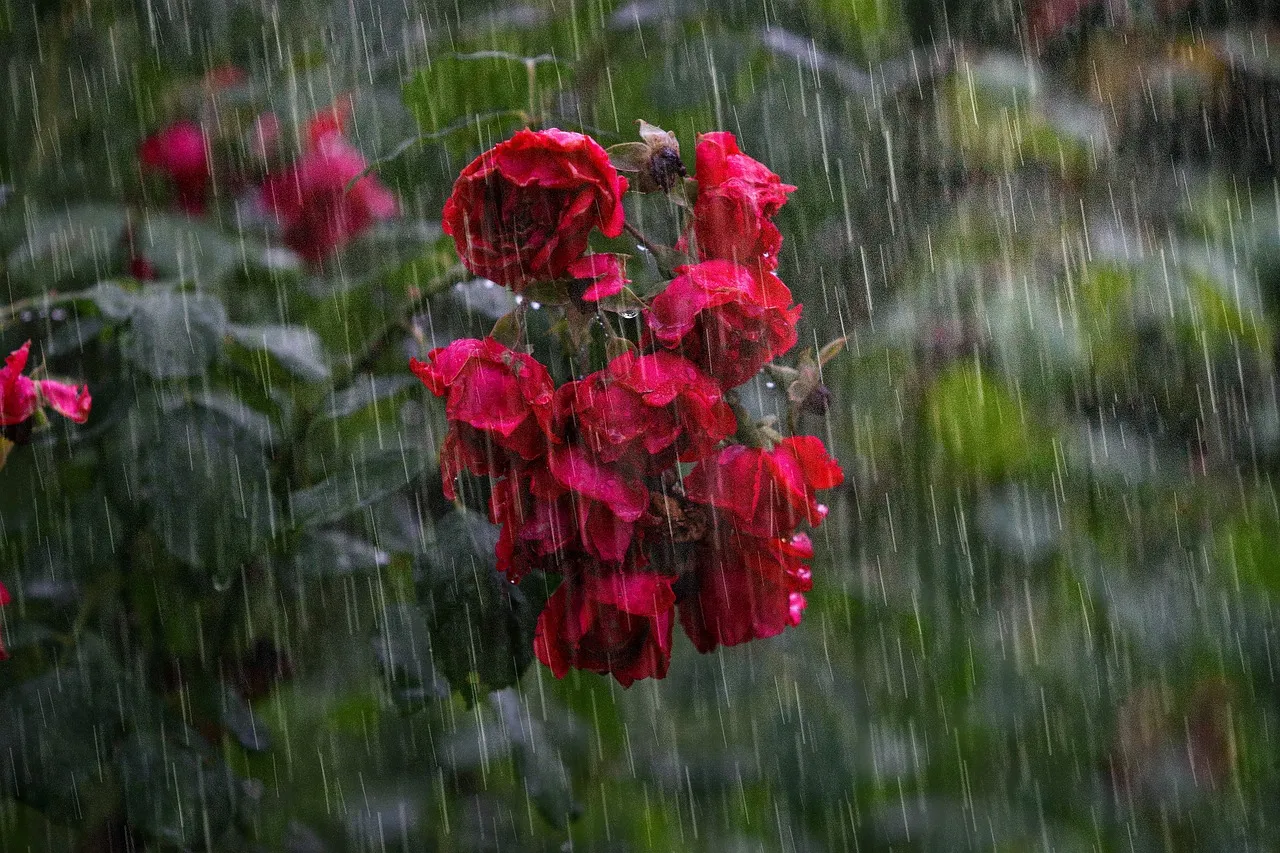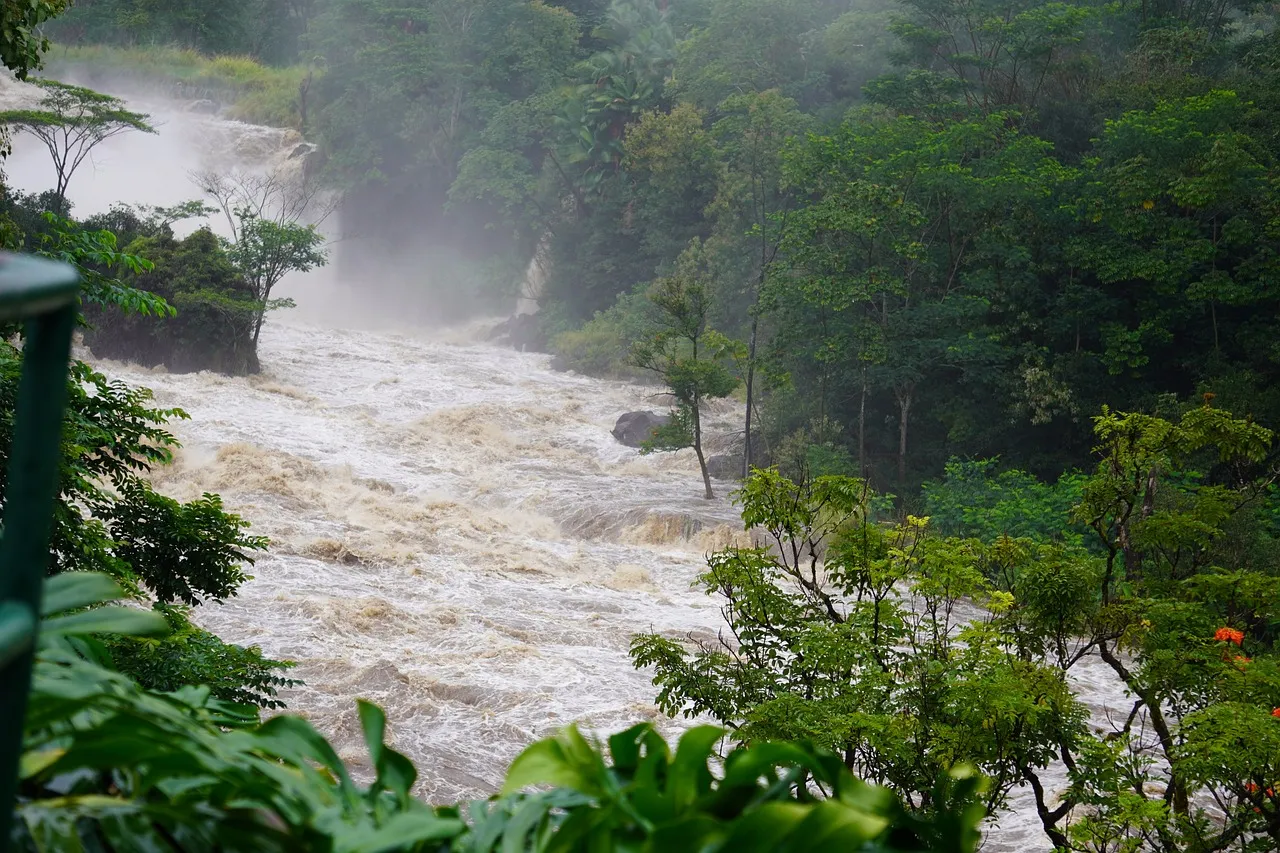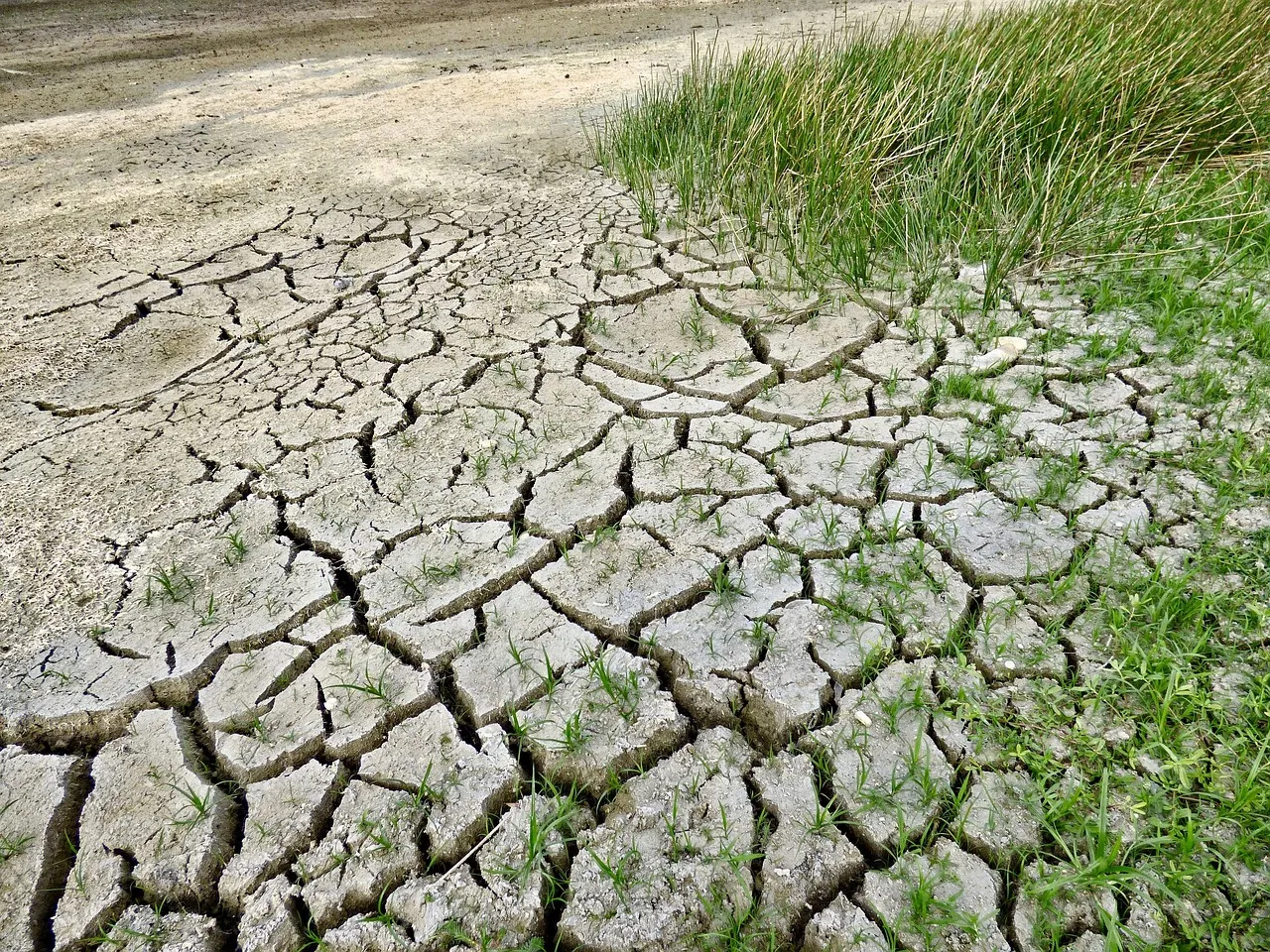Natural disasters like floods, storms, wildfires, and droughts are increasing worldwide, threatening not just homes but also our carefully nurtured gardens. Your garden is more than a backyard — it’s an investment in your property value, lifestyle, and well-being.
But how can you safeguard your garden from these unpredictable events?
In this guide, we’ll walk you through proven, practical steps to shield your garden from natural disasters, using disaster preparedness tips, storm-resistant landscaping, and high-value insurance advice to minimize risk and financial loss.
Understanding the Risks: Assess Your Garden’s Vulnerabilities
Before you can protect your garden, you must first understand the specific natural disaster risks in your area. Each geographic region faces unique environmental challenges, and a one-size-fits-all approach won’t work.
Let’s break this down by region and threat type.

Coastal Areas: Hurricanes, Floods, and Storm Surges
If you live near the coast, your garden is exposed to:
- Hurricanes → intense winds, heavy rain, saltwater intrusion
- Flooding → soil erosion, waterlogged roots, contaminated soil
- Storm surges → sudden sea level rise, saltwater flooding inland
Key Actions:
- Invest in storm-proof landscaping: wind-resistant trees, deep-rooted shrubs, flexible plants that can withstand strong gusts.
- Install raised beds or berms to reduce flood impact.
- Use salt-tolerant plants in low-lying or salt-exposed areas.
👉 Bonus Tip: Incorporate permeable hardscaping (like gravel or porous pavers) to improve drainage and reduce standing water.
Dry Regions: Wildfires and Droughts
In arid or semi-arid zones, you’re likely dealing with:
- Wildfires → fast-spreading flames, ember attacks, heat damage
- Drought → water restrictions, dry soil, plant stress
Key Actions:
- Build defensible space: clear dry brush, prune trees, and keep vegetation away from structures.
- Choose fire-resistant plants (like succulents, ice plants, or agave) that don’t ignite easily.
- Install drip irrigation systems and focus on drought-resistant landscaping to conserve water.
👉 Pro Tip: Mulch wisely — avoid flammable mulches near your home; use gravel or stone instead.
Tornado- and Storm-Prone Zones: High Winds and Flying Debris
In regions where tornadoes, derechos, or severe thunderstorms are common, gardens face:
- Severe winds → uprooted trees, damaged fences, broken garden structures
- Flying debris → damage to plants, greenhouses, sheds, and outdoor equipment
Key Actions:
- Use windbreaks like thick hedges, walls, or fences to reduce wind velocity.
- Stake young trees and anchor large containers or raised beds securely.
- Regularly inspect and maintain outdoor structures (greenhouses, trellises, pergolas) to ensure they can withstand extreme weather.
👉 Bonus Tip: Store lightweight or fragile garden items indoors during severe weather warnings.
Conducting a Garden Vulnerability Assessment
To create a disaster preparedness plan for your garden, follow these steps:
- Identify local risks: Research the top three natural disasters that affect your region.
- Map your garden layout: Note vulnerable zones — low-lying areas, slopes, or spots with poor drainage.
- Inventory your plants and structures: What’s most valuable or irreplaceable? What’s most fragile?
- Assess insurance coverage: Does your home insurance for gardens include landscaping, outdoor structures, and rare plants?
💡Pro Tip: Keep photo documentation of your garden for insurance claims and recovery after a disaster.

How to Prepare Your Garden for Flooding
Floods can drown plants, wash away soil, and damage structures.
- Elevate garden beds using raised planters
- Improve drainage with permeable pavers, French drains, or gravel paths
- Choose flood-tolerant plants like irises, ferns, or sedges
- Apply mulch strategically to prevent soil erosion
💡 Bonus Tip: Install rain barrels to redirect excess water and reduce flooding impact.
Drought-Proofing Your Garden
With climate change, drought-resistant gardens are a smart investment.
- Plant drought-tolerant species like succulents, lavender, rosemary, or native grasses
- Use drip irrigation systems to minimize water waste
- Apply organic mulch to retain soil moisture
- Group plants by water needs (hydrozoning) for efficient watering
Fire-Resistant Landscaping Tips
In wildfire-prone regions, landscaping can be the first line of defense.
- Create defensible space: Keep at least 30 feet of cleared area around your home
- Choose fire-resistant plants like agave, ice plant, or ornamental plums
- Keep trees pruned and remove dead vegetation regularly
- Use stone or gravel pathways instead of wooden or mulch paths near structures
Wind & Storm Protection for Plants
Severe storms and hurricanes can uproot trees, snap branches, and flatten gardens.
- Stake young trees to support them during high winds
- Install windbreaks (like hedges, fences, or walls) to reduce wind force
- Secure garden structures (greenhouses, sheds, furniture) with heavy-duty anchors
- Prune large trees to prevent falling branches
Don’t Forget Garden Insurance
While many homeowners focus on the house, garden insurance is often overlooked.
- Check if your homeowners insurance covers outdoor structures, plants, and fences
- Consider adding garden insurance add-ons for high-value landscaping or rare plants
- Document your garden with photos and receipts for insurance claims
Why it matters: Garden damages can cost thousands — insurance ensures you’re covered.

Final Thoughts: Protect Today, Save Tomorrow
When we think about protecting our garden, it’s easy to focus just on the looks — the blooming flowers, the lush green grass, the shady trees we love so much. But here’s the truth: protecting your garden from natural disasters is about so much more.
It’s about protecting your financial investment, since a well-maintained garden isn’t cheap. It’s about boosting your home’s value, because smart landscaping can add thousands to your property. And most importantly, it’s about keeping your family and home safe when nature turns unpredictable.
Think about it: a single flood, wildfire, or hurricane can wipe out years of hard work, costing you not only time but serious money. But you don’t have to wait for disaster to strike.
By following a few smart steps, you can turn your garden into a resilient, disaster-ready space:
- Flood-proofing with raised beds, good drainage, and flood-tolerant plants keeps water damage at bay.
- Drought-proofing with native, water-wise plants and efficient irrigation helps your garden survive even the driest seasons.
- Fire-proofing by creating defensible space and using fire-resistant plants reduces wildfire risks.
- Storm-proofing with windbreaks, flexible shrubs, and secure garden structures shields your outdoor space from damaging winds.
- And don’t overlook the power of proper home insurance for gardens — it can be a lifesaver if disaster ever hits, helping cover the costs of repairs and replacements.
Don’t Wait — Start Protecting Today
The bottom line? Every step you take today is a smart investment in tomorrow. Disaster-proof landscaping isn’t just about plants — it’s about protecting your home, your finances, and your peace of mind.
So take the time to assess your garden’s risks, make the necessary upgrades, review your insurance coverage, and stay one step ahead of whatever nature throws your way.
Because when the next storm, drought, or wildfire comes, you’ll be ready — and you’ll thank yourself for taking action now.
Frequently Asked Questions (FAQs)
How can I flood-proof my garden?
To flood-proof your garden, focus on improving drainage using French drains, gravel paths, or raised beds. Choose flood-tolerant plants like irises or sedges, and apply mulch to reduce soil erosion. Installing rain barrels or redirecting downspouts away from garden beds can also help prevent waterlogging during heavy rains.
Pro Tip: Avoid planting directly in low-lying areas — elevate sensitive plants to reduce root rot risk.
What plants survive droughts best?
Top drought-resistant plants include lavender, rosemary, succulents, cacti, sedum, agave, and native grasses. These plants require minimal watering, have deep root systems, and can thrive even under water restrictions.
Bonus Tip: Mulch around drought-tolerant plants to lock in soil moisture and reduce evaporation.
How do I make my garden fire-resistant?
Create a defensible space around your home by clearing dry brush, pruning trees, and using fire-resistant plants like ice plants, aloe, or agave. Replace wooden or mulch pathways near the house with stone or gravel, and install metal mesh under decks to block embers.
Insurance Reminder: Check your home insurance for gardens to ensure it covers wildfire damage to outdoor spaces.
How can I protect my garden from strong winds or storms?
To protect your garden from storms, stake young trees, secure outdoor structures like greenhouses, and use windbreaks such as thick hedges or fences. Prune large trees to remove weak branches, and store lightweight garden items indoors before a storm hits.
Extra Tip: Invest in storm-proof landscaping with flexible, wind-resistant plants and deep-rooted shrubs.
Is garden insurance worth it?
Yes! Garden insurance can cover the cost of damaged plants, fences, outdoor furniture, and garden structures after natural disasters. Many homeowners don’t realize that standard home insurance policies may have limited coverage for landscaping — adding a garden insurance rider or policy extension can protect your outdoor investments.
Money-Saving Tip: Document your garden with photos and receipts to speed up insurance claims after a disaster.
What’s the best way to prepare my garden for natural disasters?
The best way is to assess your local risks, choose plants suited for your climate, install proper drainage and irrigation, and secure insurance coverage. For example, in flood-prone areas, focus on raised beds and drainage; in wildfire zones, use fire-resistant plants and maintain defensible space.
Quick Checklist: Evaluate risks → Plan landscaping → Install protections → Get insurance → Regularly maintain.
